POV: Learn the Common TikTok Slang Terms
What does pov mean on tiktok
ALL TOPICS
- Blocker App
-
- Best free call blocker app for Android
- Block Discord on Phone, Computer and Chromebook
- Best call blocker apps
- Website blocker apps and chrome extension
- Website blocker apps for studying
- Message blocker apps
- A Complete Guide to Block TikTok for Your Kids
- Steps to Block and Unblock TikTok from Network Router
- Game Blocker
- Social Media Blocker
- Lock
Dec 25, 2024 Filed to: Learn Slangs Proven solutions
![]()
You started using TikTok but can’t understand most of the videos there. Have you noticed some words that sound gibberish? It’s time to get familiar with TikTok slang.
One of the most common trends nowadays is POV. Besides POV videos, learn other TikTok slang terms, like what HMU, BBL, and IB mean. Besides the most common TikTok slang of 2023, discover more about Gen Z and how it differs from previous generations.
More importantly, learn about the dangers of TikTok and how to protect your children from them. After you’ve gone through our guide to blending in with Gen Z on TikTok, you’ll be able to enjoy and understand this popular platform fully.
Table of Content
Part 1: Gen Z Generation Is Different
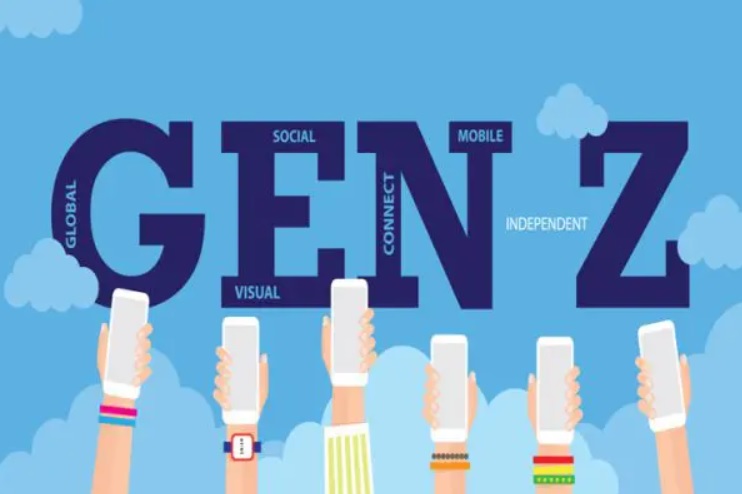
Generation Z includes people born between 1997 and 2012. They’re also referred to as iGen or Zoomers. This generation of young people has grown up hand-in-hand with technology, making them very tech-addicted. They grew up using the internet and social media for entertainment, communication, and learning. All of that resulted in them globally being tech-savvy, but more importantly, highly functional and practical in many aspects of life.
What came out of this ingrained tech knowledge is their tendency to use technology in creative ways, such as for entrepreneurship and self-employment. Therefore, this generation is highly ambitious and autonomous regarding their careers.
Moreover, other excellent traits characterizing Gen Z are their inclusivity of diversity, social responsibility, and mental health awareness. All in all, this generation intensely focuses on making a positive impact on the world.
Part 2: What Does POV Mean on TikTok?
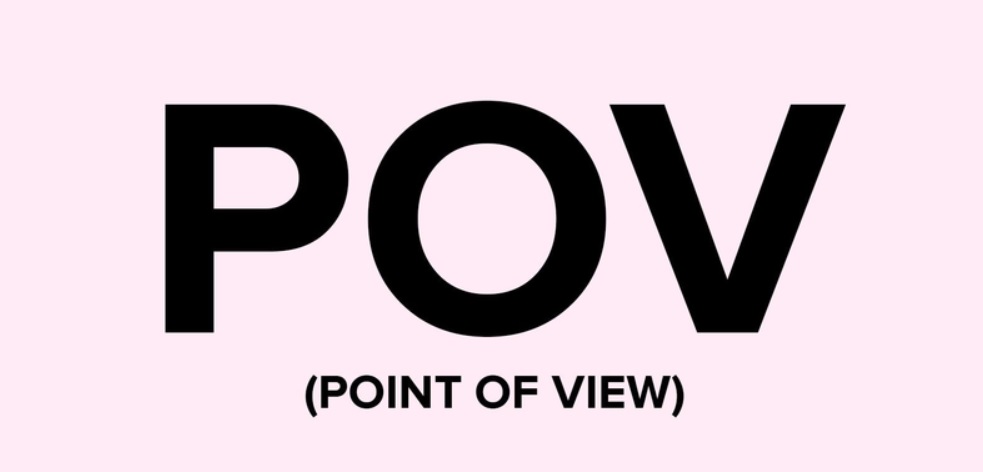
Just as Millenials had MySpace, Gen Z has TikTok. One of the most popular trends on TikTok is the trend of making POV videos. What does POV mean on TikTok? It stands for “Point Of View” and refers to reaction videos for relatable scenarios. That means we can see a user’s perspective on a situation they chose to react to.
They usually create those videos to make people laugh, entertain them, and help users relate to and connect with a broader audience. Therefore, POV videos on TikTok typically regard scenarios from everyday life and, thus, are more likely to represent some general experience. Comments like: “Have we all had the same childhood” and “This is so accurate” often follow them.
Part 3: POV & Negative Context
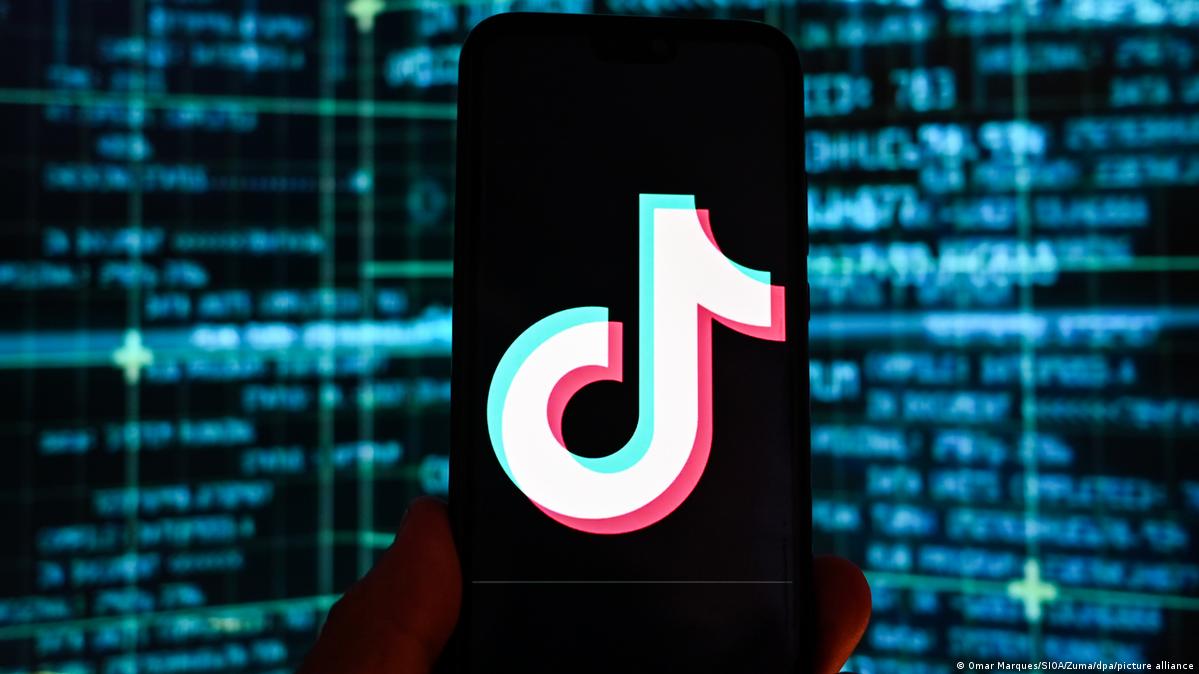
Like everything in the digital world, POV videos can end up in some negative contexts. Even though their purpose is entertainment and humor, sometimes they cause the opposite reaction. These negative contexts can vary in degree. We can see POV videos of an oddly specific or bizarre situation or encounter those promoting destructive or violent behavior.
Moreover, some POV videos promote racism through cultural appropriation and stereotypes. These could be created intentionally or out of ignorance, but they can still cause negative reactions and have consequences.
Other negative aspects of POV videos on TikTok may include setting unrealistic expectations, comparisons that could lead to mental health deterioration, and even a potential lack of consent to being filmed.
Part 4: Other Common TikTok Slang Terms
To fully understand TikTok, you can’t focus on just one of its trends. Entering the TikTok world without previous knowledge will, without a doubt, make you feel old.
Therefore, to avoid that and enjoy scrolling through TikTok, you must get familiar with the terminology – or lingo. We’ll present the basic slang terms you need to understand before jumping into the TikTok waters.
1. What Does Hmu Mean on TikTok?
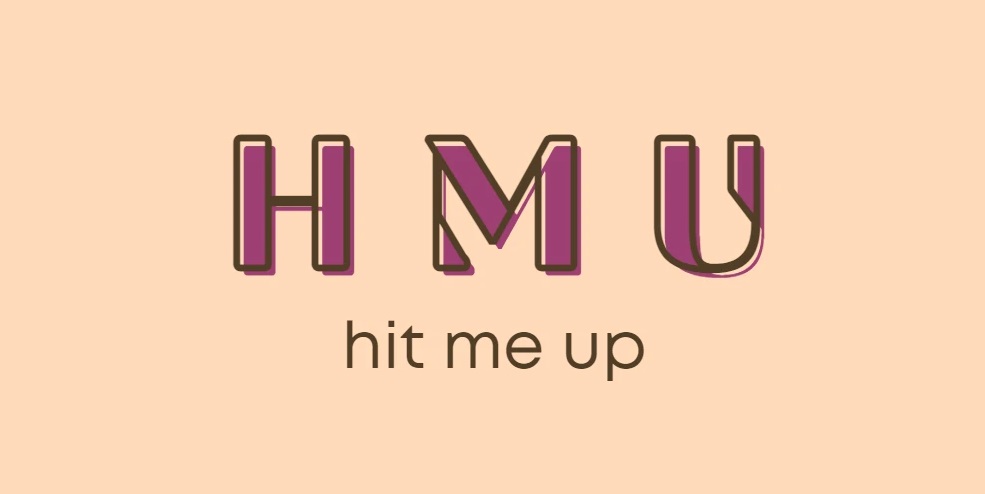
HMU stands for “Hit Me Up.” TikTokers commonly use it to let someone know they can contact them via message or, though rarely with Gen Z, phone. On TikTok, content creators can ask you to “HMU in the comments” to let their viewers know they can leave feedback, enabling them to interact with their audience.
2. BBL Meaning on TikTok
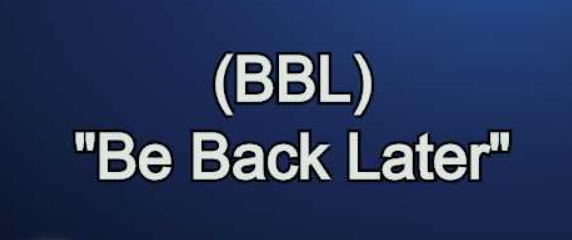
BBL stands for “Be Back Later.” TikTokers use it in any online conversation on TikTok and other social media platforms to tell the other person they’ll step away for a moment and return later. On TikTok, users can say BBL to let their viewers know they’ll take a break from posting and return later.
3. OFC Meaning on TikTok

OFC is an abbreviation of “Of course,” which TikTokers use to agree in online communication. On TikTok, that includes text messages, of course, but also video captions and comments. This abbreviation is probably the most common outside of TikTok, so you might already be familiar with it.
4. IB Meaning on TikTok
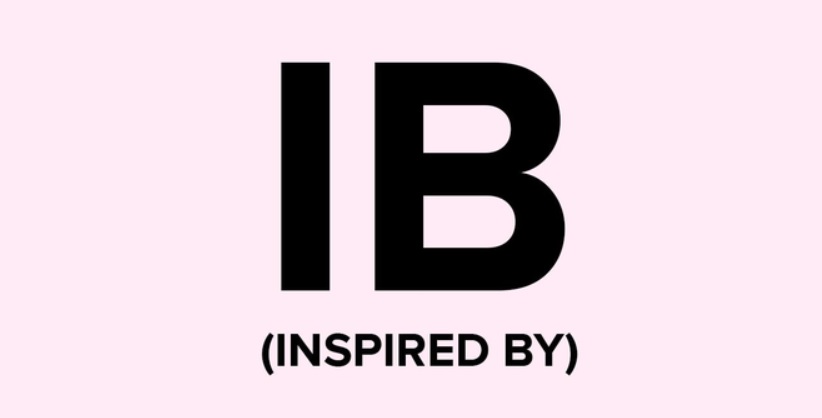
IB stands for “Inspired By.” TikTokers use it to credit someone they drew inspiration from to make a particular video. TikTok creators would put IB in the caption and tag the profile that inspired them to create the video they posted. That shows the tendency of Gen Z to show appreciation and respect and promote their fellow creators on TikTok.
5. OOMF Meaning
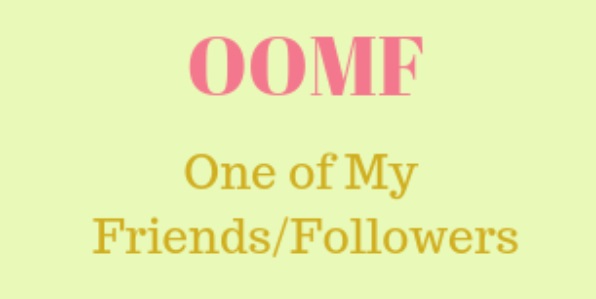
OOMF stands for “One Of My Followers” or “One Of My Friends.” If a TikTok user uses this slang, they’re referencing something a friend or a follower has sent or shown them without naming the person. That way, they can acknowledge and give credit to someone while still maintaining their privacy.
6. Heather Meaning
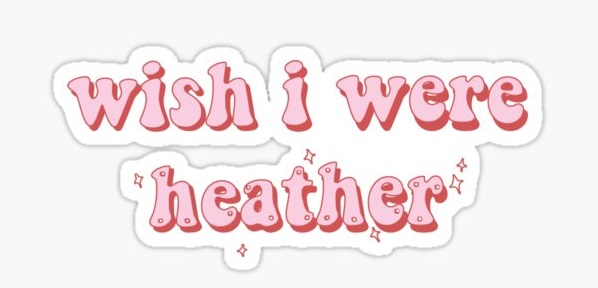
“Heather” is the name of Conan Gray’s song that went viral on TikTok. Since the song is about a perfect girl named Heather, this name has become synonymous for someone perceived as desired and perfect but unattainable. Thus, TikTokers often make humorous videos about their insecurities, saying they aren’t Heather or just talking about their own Heather.
7. SMH Meaning on TikTok
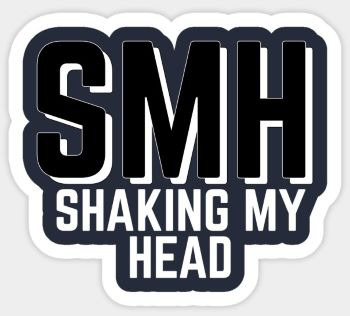
SMH stands for “Shaking My Head” and expresses disapproval, disbelief, or disappointment. It often conveys frustration about a situation, message, behavior, or video. You usually use SMH ironically, not as something others should take seriously but as a reaction to something you found ridiculous.
8. CEO Meaning
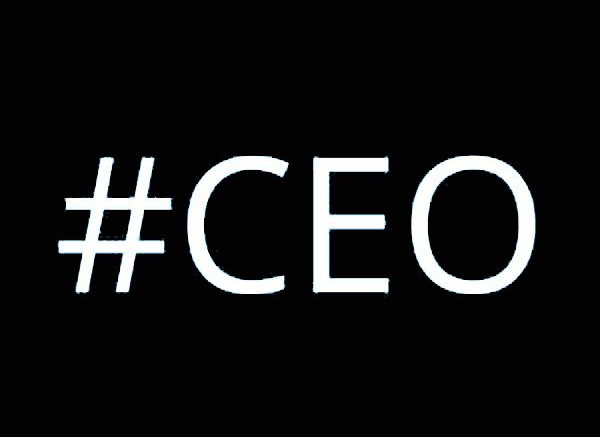
We all know what CEO means in a company setting, but on TikTok, it has a slightly different connotation. TikTokers often use this term to express confidence or poke fun at themselves or someone else for being number one at something. They usually use it playfully (e.g., “CEO of procrastination”) or in an ironic way (e.g., “CEO of punctuality” for someone who’s notoriously late).
9. FYP Meaning
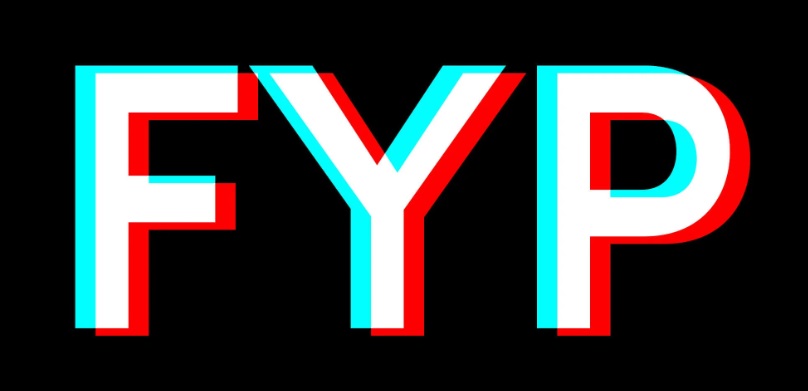
FYP is an abbreviation of “For You Page.” The For You Page is basically the home page of TikTok. It’s the first page that opens when you open TikTok. On FYP, you can scroll through unlimited TikTok videos of profiles you don’t follow to explore new content. TikTok uses an algorithm of your TikTok preferences to display videos on FYP. In a nutshell, you can see what TikTok thinks you’ll like and enjoy on this page.
10. CR Meaning
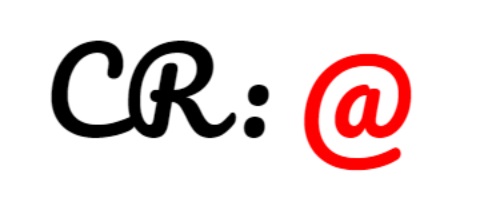
CR stands for “Credit.” It’s another way, besides IB, for TikTokers to show respect for someone. You can commonly find it in captions with a tag next to it. It means that you didn’t create the content you’ve posted and want to give credit to the creator. That way, TikTokers acknowledge the content creator they’re reposting and show their respect by not claiming the content as their own.
11. DC Meaning
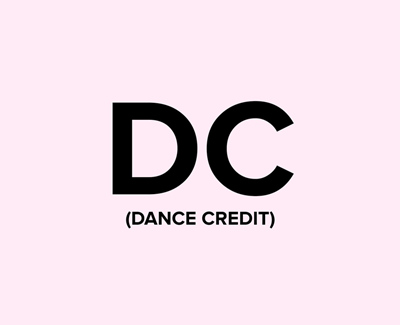
DC stands for “Dance Challenge” or “Dance Credit.” Since trends and challenges are prevalent on TikTok, this abbreviation indicates the video a user has posted belongs to a specific challenge. That usually starts with a TikToker creating a dancing routine for a particular song that goes viral. That leads to thousands of other TikTokers trying to recreate the original dance moves, which becomes a dance challenge.
Here are more articles about the teen slang:
These Teen Slang Words That Parents Should Learn in 2023
Famous Twitch Slangs and Emotes that Streamers and Viewers Must Know!
Part 5: You Can Never Be Too Safe Online
As a result of TikTok being so widespread and offering fun challenges and trends, more and more young children started using it. While children nowadays are highly tech-savvy, they still don’t fully comprehend the dangers of leaving a digital footprint.
Moreover, they can face even more severe dangers of TikTok, such as privacy risks, exposure, inappropriate content, addiction, longer screen time, etc.
Fortunately, there’s a way to protect your children from these threats. If you install Wondershare FamiSafe, you can control internet usage and keep your kids safe. FamiSafe is a parental control app that allows parents to control their child’s screen time, have real-time location information, and block inappropriate content.
With FamiSafe, parents can get reports about their child’s TikTok history and activity, as well as for many other apps. Moreover, it offers an explicit content detection option to detect and block inappropriate content. This app will give parents peace of mind in protecting their child on TikTok.
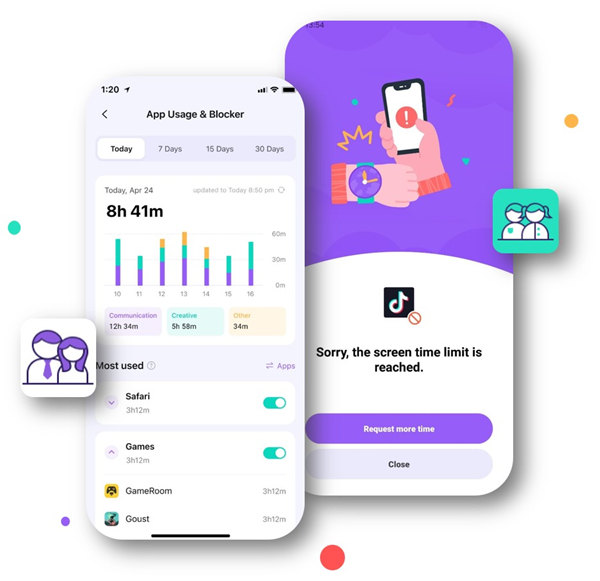
Watch this video to learn risky teen slang and learn how to protect your kids from cyberbullying:
- Web Filter & SafeSearch
- Screen Time Limit & Schedule
- Location Tracking & Driving Report
- App Blocker & App Activity Tracker
- YouTube History Monitor & Video Blocker
- Social Media Texts & Porn Images Alerts
- Works on Mac, Windows, Android, iOS, Kindle Fire, Chromebook
Conclusion
Gen Z is an ambitious, self-aware, and tech-savvy generation of young people who want to leave a positive impact on the world. To blend in with them, you must understand TikTok and its trends. The POV trend is the most popular, referring to the reaction videos to relatable scenarios.
Other than that, numerous other TikTok slang words will make your in-app experience a lot easier. However, be wary of the dangers of TikTok and use Wondershare FamiSafe parental control app to protect your children online.


Joanne Croft
staff Editor